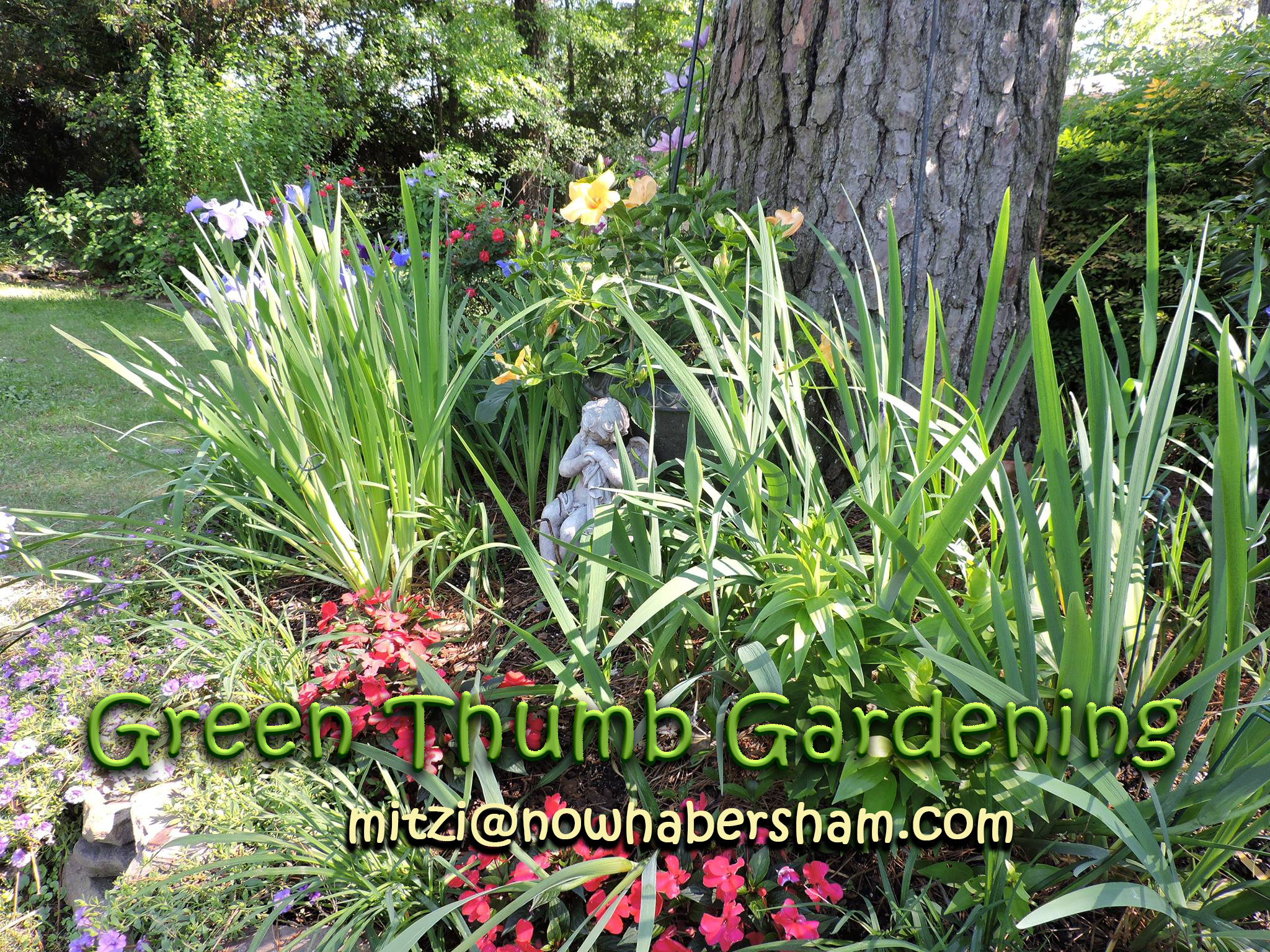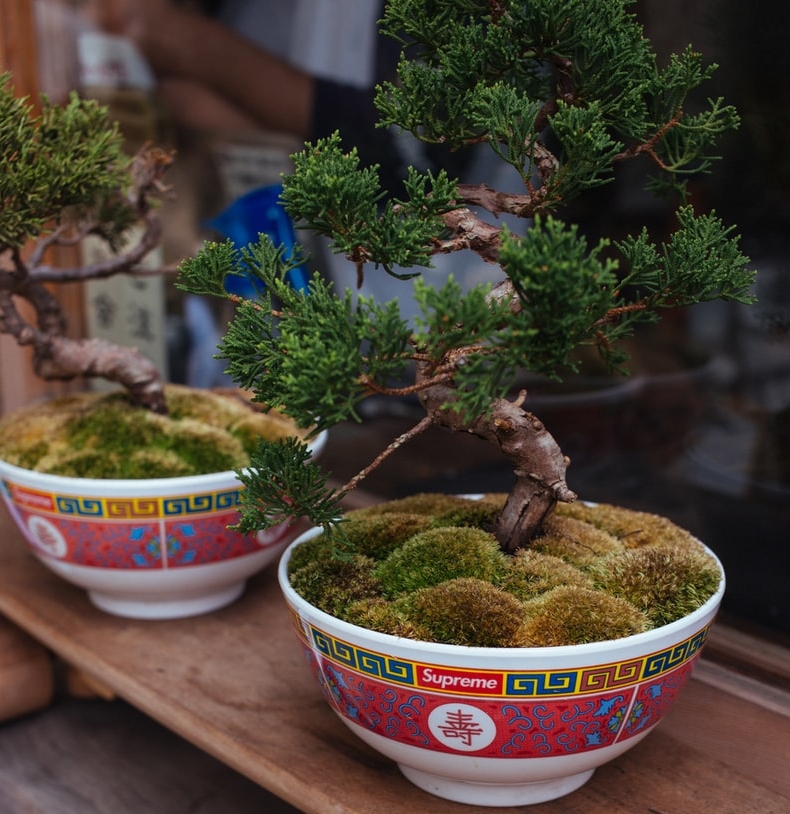
With colder days ahead, my focus tends to shift to my indoor plants. I’m fascinated by bonsai and would like to try my hand at these miniature versions of the big boys. Plus, as we get closer to Christmas, they would make great gifts for my plant loving friends.
I’ve seen bonsai plants for years but through some research, learned that I’m sort of late to the game. They’ve been around for quite some time. In fact, bonsai is said to be one of the oldest horticultural pursuits, originating in China during the Han Dynasty (206 BC-220 AD).
 Many people have a misconception of what bonsai really is. The typical question many people ask is: “Are bonsai their own species of trees?”
Many people have a misconception of what bonsai really is. The typical question many people ask is: “Are bonsai their own species of trees?”
A bonsai tree is a living tree or shrub which has been grown in a way which gives the impression of being a full-sized, mature tree. Bonsai trees are generally grown in shallow ceramic pots. A bonsai is not a species of tree; in fact many species of tree can be turned into bonsai through various techniques.
In essence, any plant that can be grown in a small container can be cultivated as a bonsai. The most popular varieties are pines, ficus, jade, maples, whose leaves change their color in autumn; flowering trees, like the cherry and plum; and fruit-bearing trees, like the quince and persimmon. Pretty amazing, huh?
A common misconception about the hobby is that it is ‘cruel’, with the trees being starved in order to dwarf them. Nothing could be further from the truth! Bonsai trees require regular watering, feeding and repotting to keep them in optimum health and in many cases they are actually healthier that their counterparts in the wild, enjoying the same longevity. Some trees in Japan have recorded histories spanning several centuries and are often traditionally passed from generation to generation, keeping them in the same family during their long lifetime.
Here is a short list of good subjects for bonsai:
- Ficus (many species)
- Crassula (jade plant)
- Carmona (tea plant)
- Schefflera
- Calamondin
- Sand pear
- Bougainvillea
- Gardenia
- Jacaranda
- Jasmine
- Pomegranate
- Chinese elm
- Olive
- Rosemary
How long does it take to grow a bonsai tree?
Have patience, it can take 4 to 6 months to create a pleasing appearance.
The shape of your bonsai depends on the material you are using. Some plants such as jade are too soft to wire into shape and will instead need to be pruned appropriately. After deciding on the look you want to achieve, prune branches starting from the base of the tree to expose the trunk. The root mass may need to be reduced to fit into the new container. If the roots are drastically cut back, the top growth will need to be cut way back as well. When the roots are newly cut, the plant will need to be kept out of the sun while it recovers. Branches and pliable trunks can be wrapped with wire to train them into the appropriate shape.
The growing of bonsai, which translates literally as ‘plant in a tray’, is a truly satisfying hobby and combines both horticulture and art, creating trees that are often referred to as ‘living sculptures’. Above all it is important that the trees are kept healthy and in excellent condition, as with any pot plant. Pruning and shaping does, however, require a certain amount of artistic imagination to visualize the future development of the trunk and branches.
Caring for bonsai
With such a reduced root ball, proper watering is critical to keep your bonsai growing and healthy.
- Feel the soil and water when it feels dry just below the top.
- Water with a hose sprayer until the soil is saturated or dunk the whole pot in water up to the rim.
- Either way, let the excess water drain from the newly watered plant, since sitting in a wet saucer can rot the roots.
Fertilize with a bonsai-specific liquid fertilizer diluted to half strength twice a month during active growth—April through September—and cut back to once a month October through March.
Your established bonsai will eventually need repotting.
- Each time you repot you will need to cut the roots back.
- Put the plant in the shade and stop fertilizing until it recovers to avoid burning freshly pruned roots.
The look of your plant will change over time as it matures. You can continue snipping the growing tips back and even removing some of the leaves to keep it in the shape you desire.
 Bonsai makes a great office plant or an inspired gift for the gardeners in your life.
Bonsai makes a great office plant or an inspired gift for the gardeners in your life.
The closest Bonsai Society group I could find to our area is in Atlanta. You might want to visit their site if you are interested in giving a bonsai a try.




